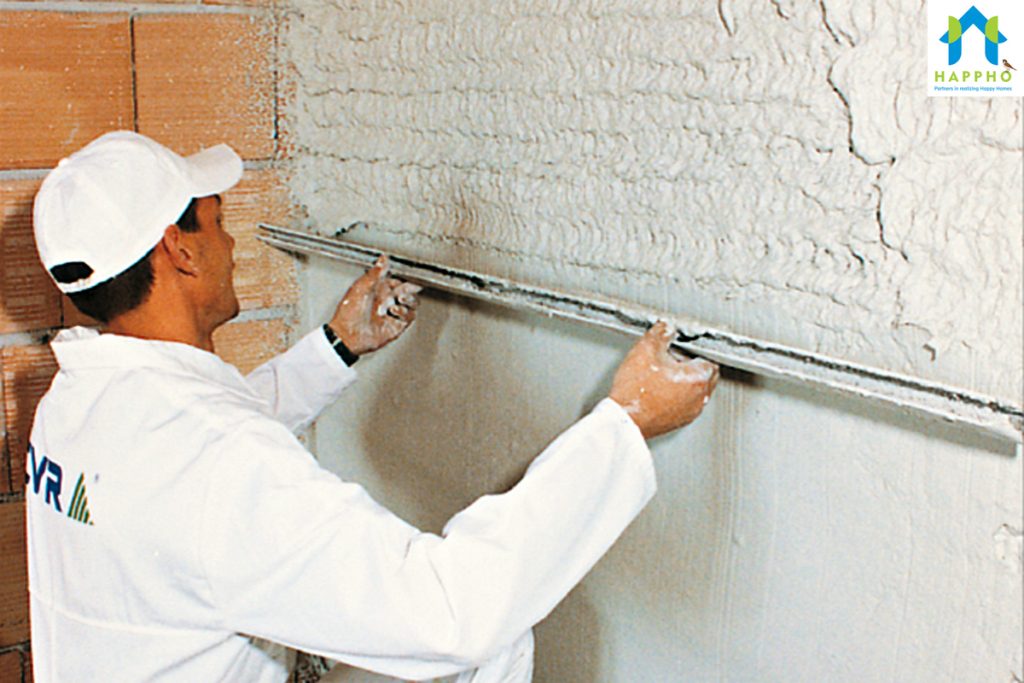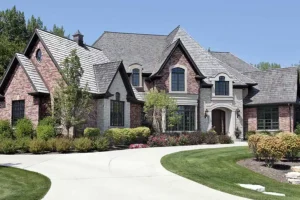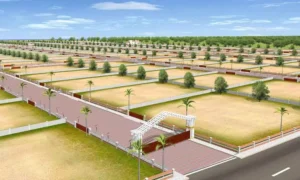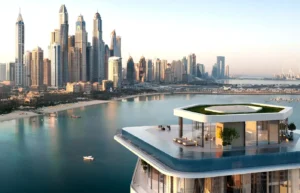Finer Options for the Perfect Plastering Works

A construction, however small and simple, always has several possibilities. Therefore, it is often difficult to decide which method or material to use. When we finish the masonry and have to deal with the finishing of a wall, for example, the question arises: what is the best plastering option? With mortar or plaster? For questions, check out the features of each of these wall plastering options.
Mortar wall plaster
When making the choice to work with the mortar, three layers of lining should be placed on the wall: the slab, distributed in direct contact with the bricks or blocks, the plaster, which has the function of leveling the slab, and the plaster, that waterproofs the surface and improves its appearance. This is the most common procedure followed by the technical professionals of the work.
Benefits
Being a mass of cement, sand and lime, the mortar is very resistant and offers more durability for construction. This mass has the ability to form a uniform and solid layer that supports the action of water and protects against seepage. Therefore, it is ideal for outdoor areas, which are in frequent contact with rain, and other humid places in the house, such as kitchens, bathrooms and utility areas.
- Mortar plastering also creates excellent acoustics for space, softens indoor temperatures and can be drilled to fit shelves, frames and other objects.
- Some people consider that this type of plaster is not so visually beautiful, but it is good to remember that it allows various finishes, such as direct painting, running mass, graffiti, wallpaper, stone etc.
- The mortar plaster forms a uniform and solid layer that withstands the action of water and protects against seepage, making it ideal for outdoor and other humid places in the house.
- Another advantage of plastering with mortar is that nowadays with stabilized mortar, which has special chemical additives, to extend the product life, it is possible to use the material for up to 48 hours.
- Usually this type of mortar is supplied by concrete or specific companies.
- Use of stabilized mortar in construction.
Disadvantages
If not done properly, mortar plaster can be damaged by cracking. Other factors that many see as drawbacks are the high final cost of construction, as the three layers of cladding take longer and the process involves more materials and labor. As you will see below, there is a more economical alternative to mortar. You can go for more info there.
Gypsum plaster
Unlike mortar, which requires the wall to be primed, plastered and plastered, plaster can be applied directly to the bricks or blocks when the structure is upright and within the square.
Benefits
The cost of the work with the plaster is lower, because there is not so much material consumption and there are fewer steps of execution, which makes the application much faster and more practical. For those who want to save time and money, this is a great option.
The plaster can give a good finish to the wall, covering it completely and forming a smooth, uniform and uneven surface. If you want a distinctive and modern design, the material also serves to create decorative pieces such as curtains and crown moldings with recessed lighting spots or LED strips.
The option for plastering is faster, more practical and also of less value, since the material consumption is lowers and there are fewer steps in the execution.






